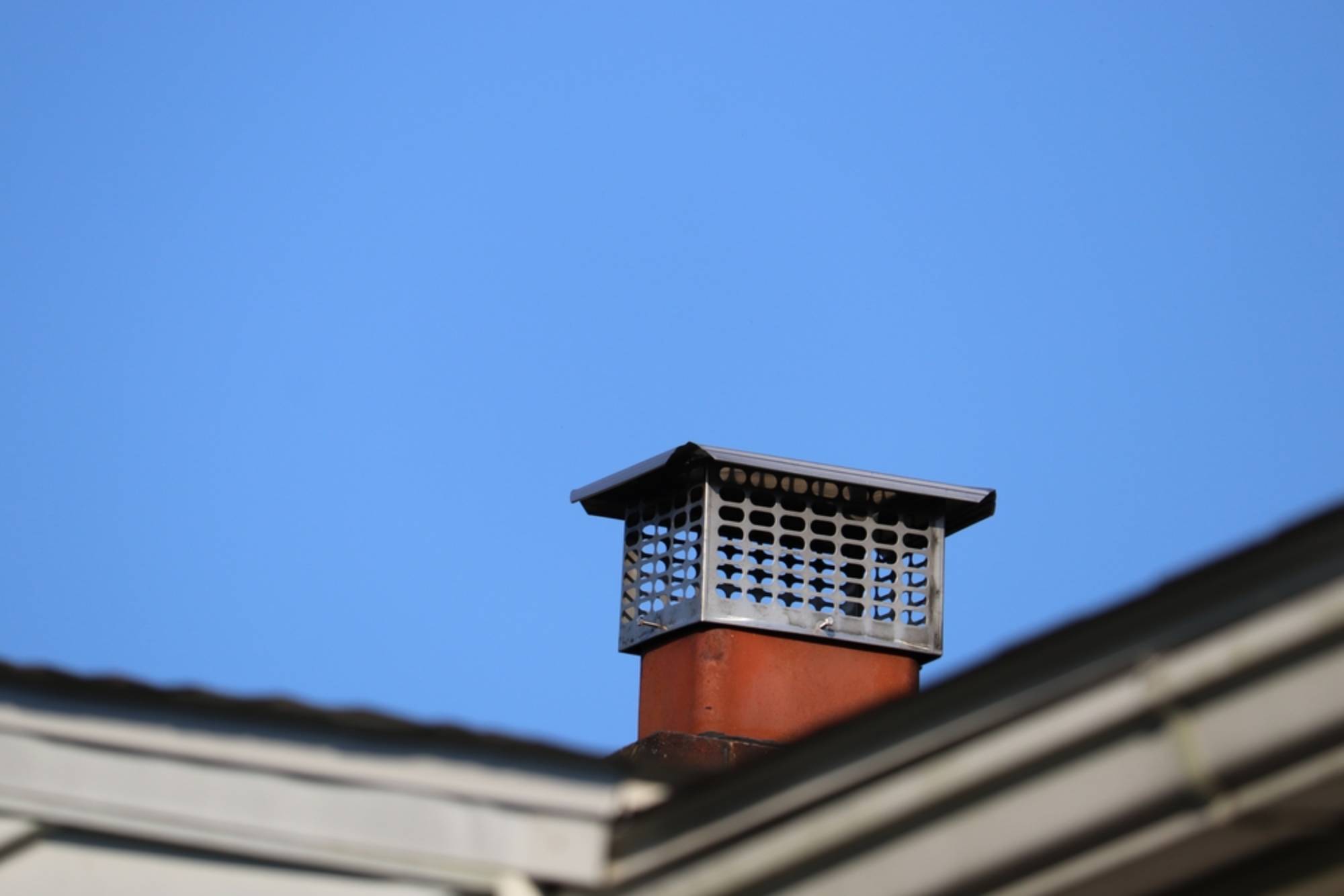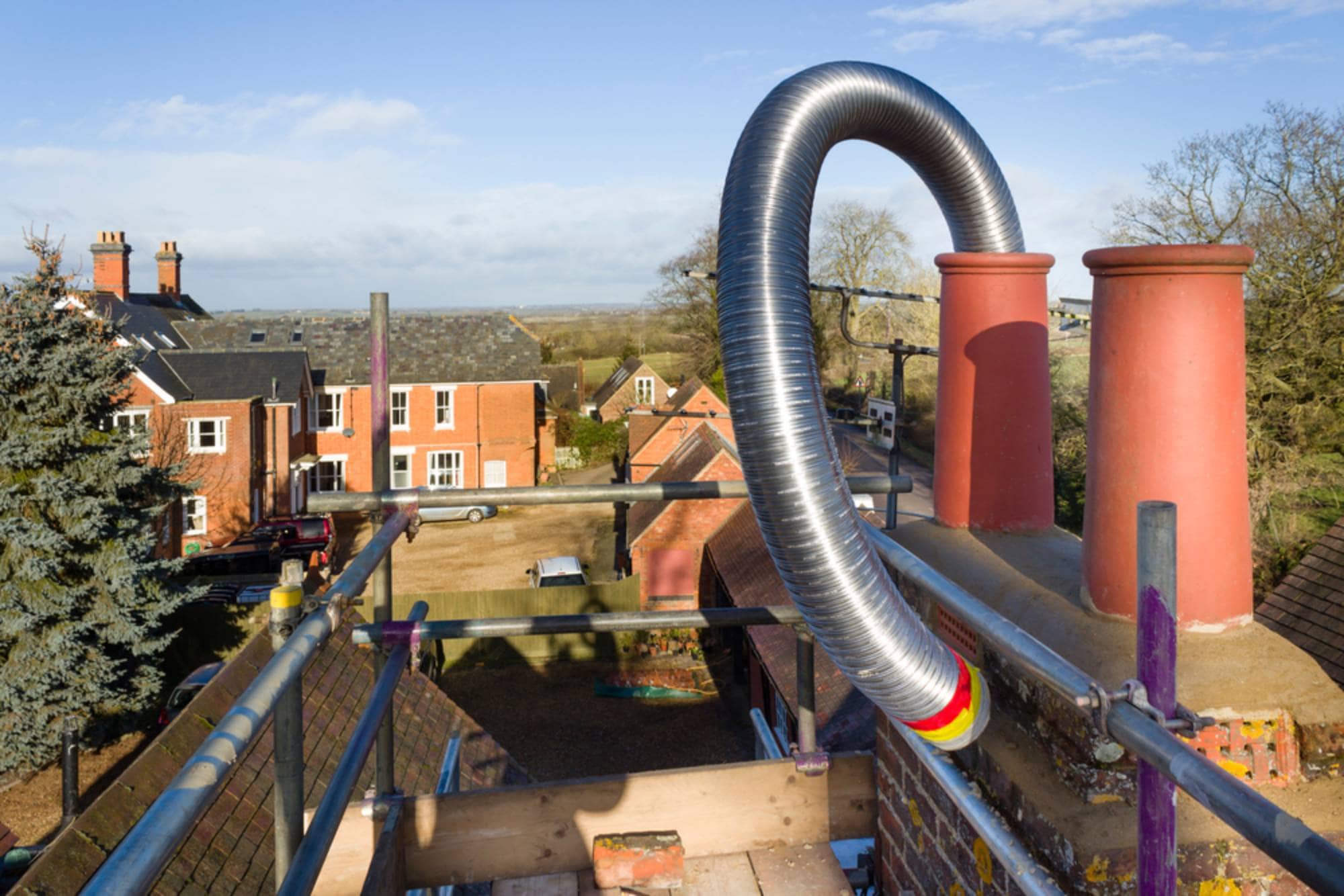First, we inspect your existing chimney from top to bottom. We’re looking at the condition of your flue, checking for cracks, measuring dimensions, and determining what type of liner will work best for your specific setup—whether that’s for your wood-burning fireplace, gas appliance, or oil furnace. Next comes the preparation work. We protect your home with multiple layers of drop cloths and set up our HEPA-filtered vacuum system to contain any debris. If there’s an old liner that needs removal, we handle that carefully to avoid damage to the surrounding masonry. The installation itself involves precisely fitting your new stainless steel liner down through the chimney. We ensure proper insulation where needed, secure all connections, and install the appropriate cap and termination components. Every joint gets sealed correctly, and we test the system to make sure everything is working as it should before we clean up and leave your home exactly as we found it.




